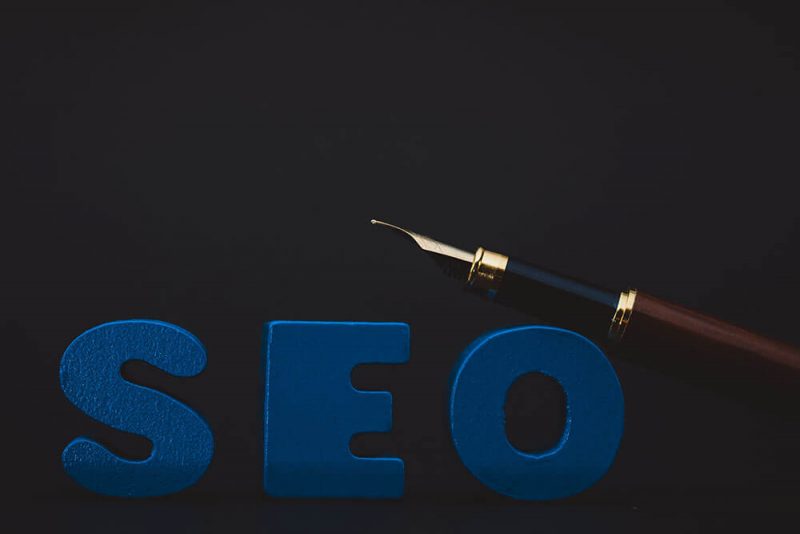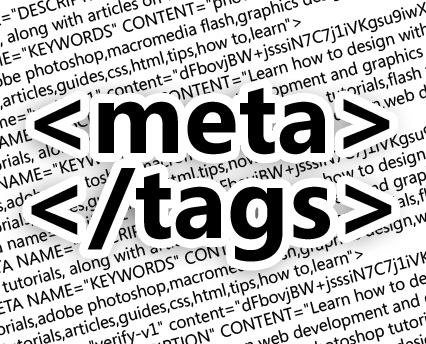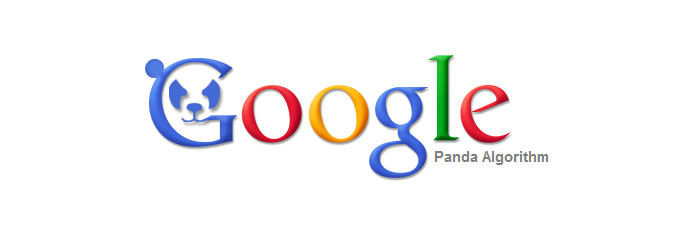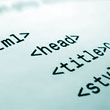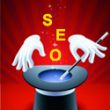Are you tired of seeing empty boxes where images should be on your website? Or do you want to make sure that your website is accessible to all users, including those with visual impairments? Alt text and image titles are here to help! These small but mighty elements of web design can make a big difference in the user experience and search engine optimization of your website. In this blog post, we’ll dive into what alt text and image titles are, why they’re important, and how to use them effectively. So get ready to give your images the credit they deserve and make your website even better!
What is Alt Text?
Alt text, also known as “alt attributes” or “alt descriptions,” is a short piece of text that describes the content of an image. It is displayed in place of the image when the image is not available to the user, such as when the user is using a screen reader or has images turned off in their browser.
Alt text is important for several reasons. First, it helps users with visual impairments understand the content of an image. Second, it helps search engines understand the content of an image, which can improve the image’s ranking in search results. Finally, it can be used to provide context for the image, which can be helpful for users who are unable to see it.
How to Use Alt Text
To add alt text to an image, you will need to edit the HTML code for the image. Here is an example of how to do this:
<img src="image.jpg" alt="A description of the image">When writing alt text, it is important to keep it brief and to the point. Avoid using filler words like “picture of” or “image of,” and instead focus on describing the content of the image. For example, “A group of people standing in front of a building” is a much more helpful alt text than “An image of a group of people.”
It is also important to consider the context of the image when writing alt text. For example, if the image is being used to illustrate a point in an article, the alt text should describe that point rather than just describing the image itself.
What is an Image Title?
An image title is similar to alt text, but it is displayed as a tooltip when the user hovers their mouse over the image. It is not as important as alt text, but it can be a useful way to provide additional information about the image.
To add a title to an image, you will again need to edit the HTML code for the image. Here is an example of how to do this:
<img src="image.jpg" alt="A description of the image" title="A longer description of the image">Like alt text, image titles should be brief and to the point. They should provide additional context or information about the image, but they should not repeat the information provided in the alt text.
Alt text and image titles are important elements of web accessibility and SEO. They provide information about images to users who are unable to see them, as well as to search engines. By using alt text and image titles effectively, you can make your website more accessible and improve its ranking in search results.
